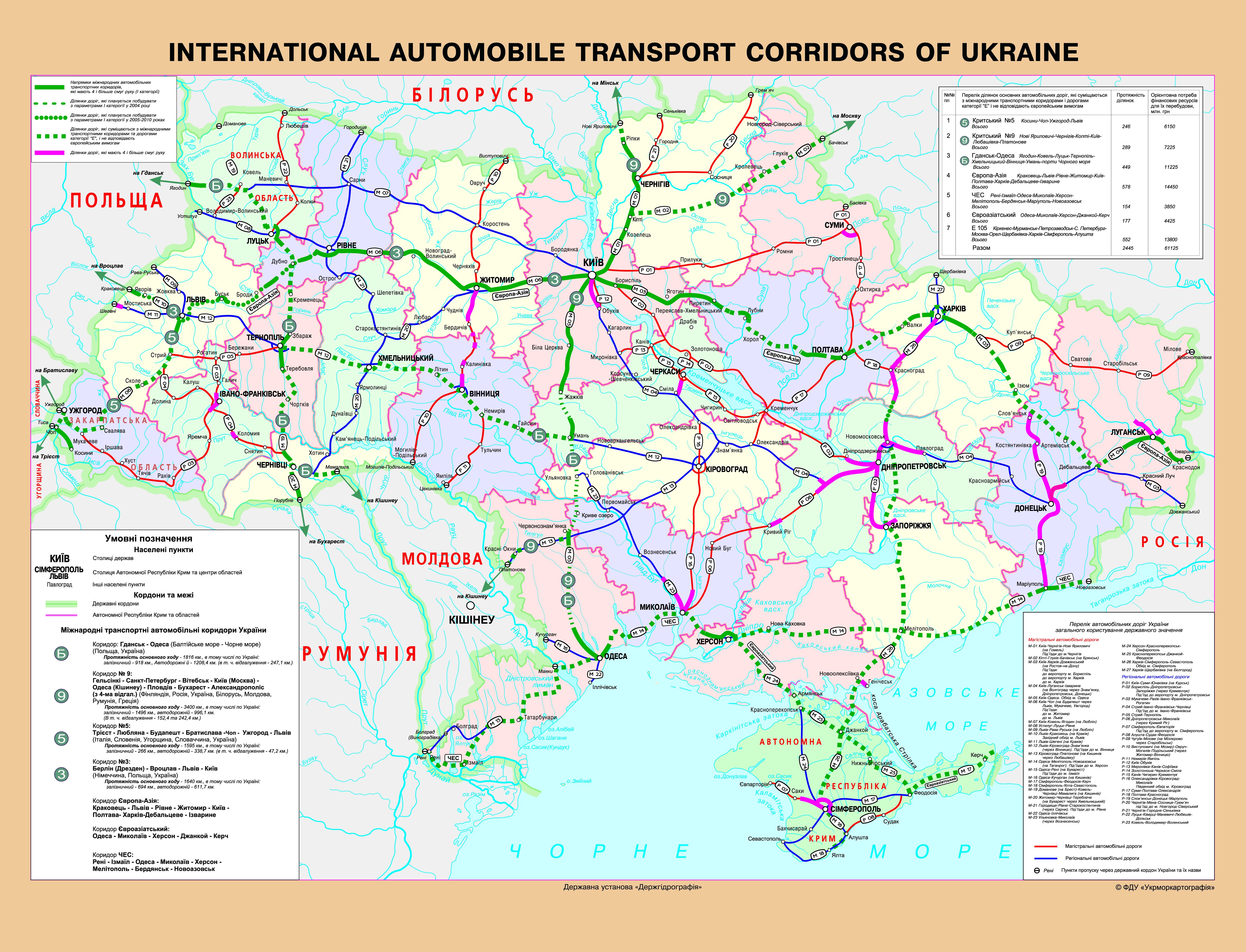
Navigatori Igo Primo 92 Karti Rossii Ukraini Evropi
Other products. Besides our mobile solution, other editions of our iGO Navigation software are also available for Personal Navigation Devices and aftermarket units, which we support with a comprehensive update portal to keep your maps and content up-to-date while you’re on the road. All of our past navigation software – iGO primo. Download the iGO Navigation app, hit the road, and start your adventure! Unlock your inner explorer! Download the iGO Navigation app, hit the road, and start your adventure! Moldova Monaco Montenegro The Netherlands Norway Poland Portugal Romania San Marino Serbia Slovakia Slovenia Spain Sweden Switzerland Ukraine United Kingdom Vatican.
Over the years, we have developed different versions of our iGO Navigation for PNDs (Personal Navigation Devices) and for Aftermarket devices, which are available at media outlets across the world. All of our past navigation software – iGO primo nextgen, iGO primo, iGO amigo, and iGO 8 – can still be purchased through some of our. As the feature set of our different software can vary from device to device, you may need further information about the software, support, and available maps and updates. If so, please get in touch with the manufacturer of your device or with the shop where you purchased it.
Death from above 1979. Preoccupation with the opposite sex provides some of 's strongest moments, from 's 'I don't need you/I want you' clarification on 'Romantic Rights' to the frenetic late-album standout 'Pull Out.'

Astronomy astronomical object atmosphere of earth chemistry chronology of the universe galaxy natural satellite natural science nebula physics planet star supernova The chronology of the universe describes the history and future of the universe according to Big Bang cosmology. The metric expansion of space is estimated to have begun 13.8 billion years ago.[1] The time since the Big Bang is also known as cosmic time. For the purposes of this summary, it is convenient to divide the chronology of the universe into four parts: The very early universe, from the Planck epoch until the cosmic inflation, or the first picosecond of cosmic time; this period is the domain of active theoretical research, currently beyond the grasp of experiments in particle physics.
The early universe, from the Quark epoch to the Photon epoch, or the first 380,000 years of cosmic time, when the familiar forces and elementary particles have emerged but the universe remains in the state of a plasma, followed by the 'Dark Ages', from 380,000 years to about 150 million years during which the universe was transparent but no large-scale structures had yet formed. The period of large-scale structure formation, including stellar evolution, galaxy formation and evolution and the formation of galaxy clusters and superclusters, from about 150 million years to present, and prospectively until about 100 billion years of cosmic time; The thin disk of our galaxy began to form at about 5 billion years.[2] The solar system formed at about 4.6 billion years ago, with the earliest traces of life on Earth emerging by about 3.5 billion years ago. The far future, after cessation of stellar formation, with various scenarios for the ultimate fate of the universe.